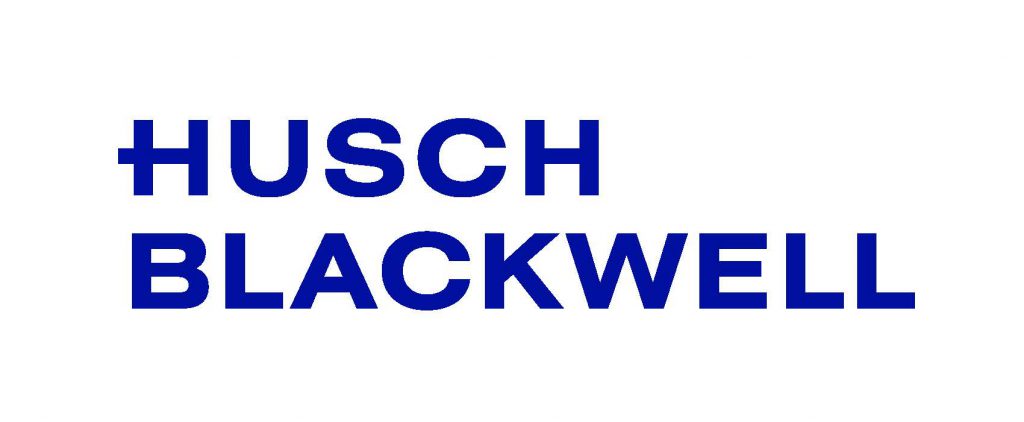At the start of 2018, the healthcare industry is on the cusp of more significant change, according to a recent Health Affairs Blog post. Highlighted below are six trends to be on the lookout for.
Insurance Market Stability, With Some Exceptions
The healthcare reform strategy of Republicans going forward will likely be to focus on the states, granting them waivers to experiment with insurance programs and expand Medicaid coverage. That said, healthcare leaders are viewing 2018 as a year of greater insurance market stability. On the other hand, bad debt continues to climb, which means some healthcare leaders still face major financial threats.
Renewed Focus on Value-Based Care
CMS will likely continue to ramp up the Medicare Access and CHIP Reauthorization Act of 2015 that incents clinicians to take risks with alternative payment models. Private sector actions also appear to be expanding and accelerating the value-based payment movement, disrupting the status quo.
Continued Rise of Consumerism
To ultimately succeed, health leaders realize that they need to, above all else, excel at attracting and engaging patients, families, caregivers, and consumers. More and more, providers will work with patients, families and caregivers to develop approaches to more actively manage their health and healthcare.
Embracing Standardization and Waste Reduction
Healthcare leaders have a larger and more urgent financial imperative to identify and isolate wasteful practices, cost outliers and the root causes for inefficiencies. These efforts will rely heavily on having accurate and actionable data and analytics.
Increased Drug Market Competition
Congress and the FDA will continue to explore new initiatives designed to unleash more competition that can moderate drug price trends. Efforts could include developing more generics where competition is lacking, streamlining the generic drug approval process, eliminating loopholes that prevent the introduction of competitor drugs and promoting biosimilars.
Data Warehouse Growth and Strides in Interoperability
While providers wait for new interoperability provisions, they continue to build data warehouse systems, enhance data analytics, and train their workforce on IT-related competencies.
—Adapted from “What To Watch In Health Care In 2018: Six Key Trends,” by Susan DeVore, Health Affairs Blog, Jan. 29, 2018.






